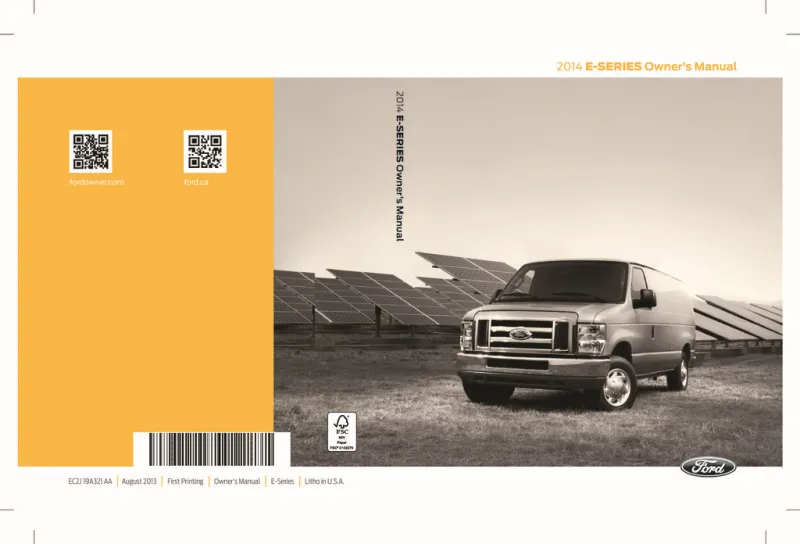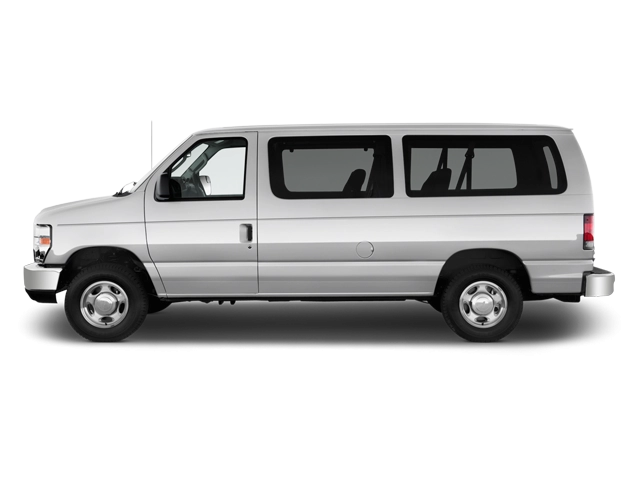2014 Ford E Series Owner's Manual

Table of Contents
2014 Ford E Series Overview
Introduction
The 2014 Ford E-Series, also known as the Econoline, is a versatile line of full-size vans designed to excel in both commercial applications and personal use. With its robust construction, ample cargo space, and range of configurations, the E-Series has earned a reputation for dependability and performance. Available in various trims, this van caters to a diverse array of customer needs, whether for hauling goods or transporting passengers.
Powertrains
The 2014 Ford E-Series is equipped with two potent engine options. The standard powertrain features a 4.6-liter V8 engine, delivering 305 horsepower and 420 lb-ft of torque, making it suitable for everyday driving and light-to-moderate loads. For those requiring more muscle, the available 5.4-liter V8 engine generates an impressive 255 horsepower and 350 lb-ft of torque, perfect for heavier towing and hauling tasks. These engines are paired with a 4-speed automatic transmission, ensuring smooth shifts and consistent performance across various road conditions.
Trims
The 2014 E-Series comes in several trims, including the E-150, E-250, and E-350. The E-150 is a great choice for everyday use, offering solid performance and comfort. The E-250 steps up the capability with enhanced payload capacity, making it ideal for small businesses. The E-350 is built for those who need maximum towing and hauling capacity, equipped with reinforced suspension and brakes to handle heavier loads.
Features
Inside the 2014 Ford E-Series, you will find a no-nonsense cabin designed for practicality. Key features include a basic audio system with a CD player, optional Bluetooth connectivity, and available cargo management systems for efficient organization. Safety features, such as anti-lock brakes and stability control, ensure peace of mind whether on the job or on a family road trip.
Owner's Manual
The owner's manual for the 2014 Ford E-Series provides comprehensive information about operating, maintaining, and troubleshooting the van. It includes detailed instructions on using various features, performance optimization tips, and guidelines for regular maintenance to ensure longevity and reliability. This manual is an invaluable resource for owners to maximize their vehicle's potential and stay informed.
User manual download
The Ford E Series owner manual for the 2014 model year is to be found in PDF downloadable format on this page. The owner manual for the model year 2014 is free and in English, but the repair manuals are usually not easy to get and may cost more.
Manual Questions
Fill the form below and someone will help you!

